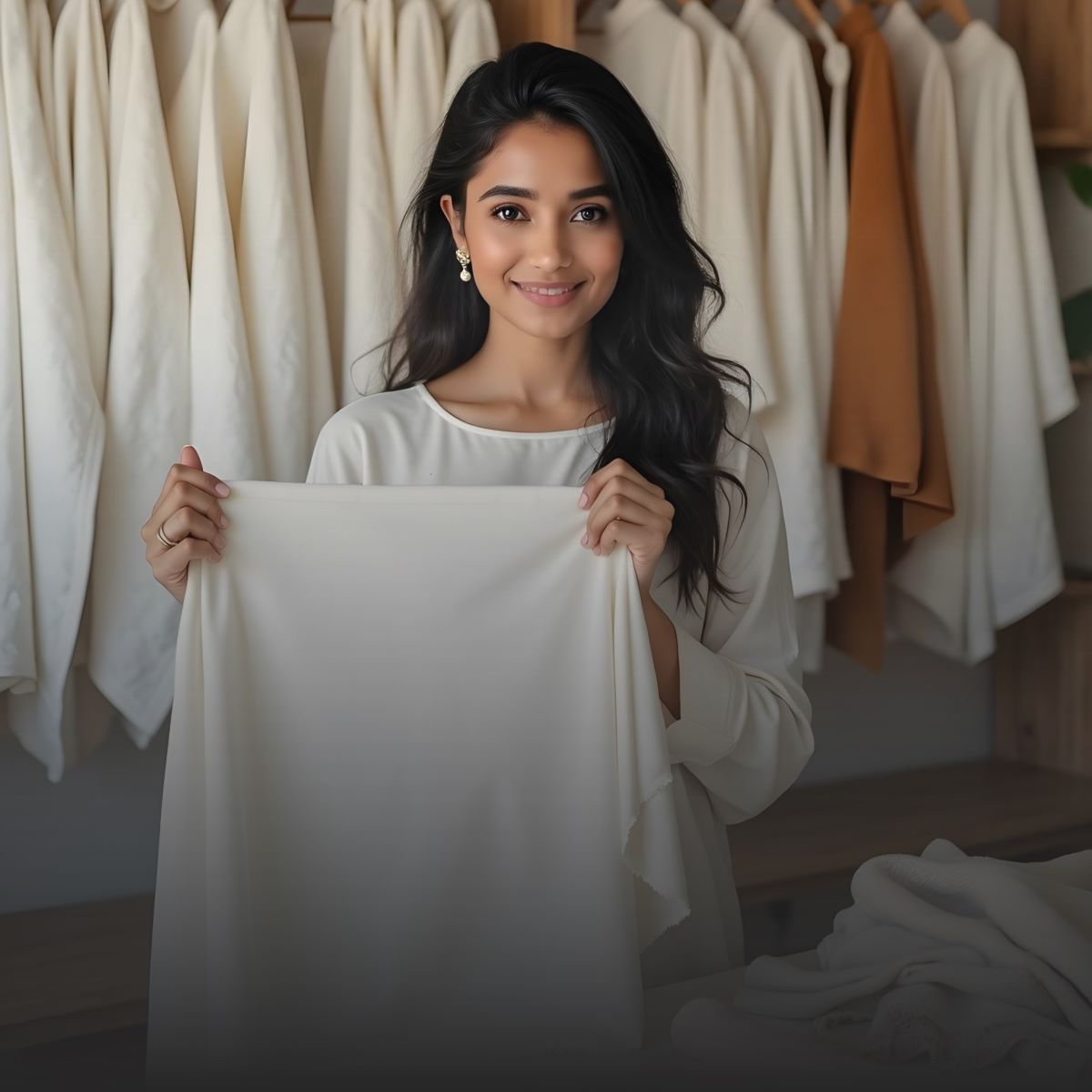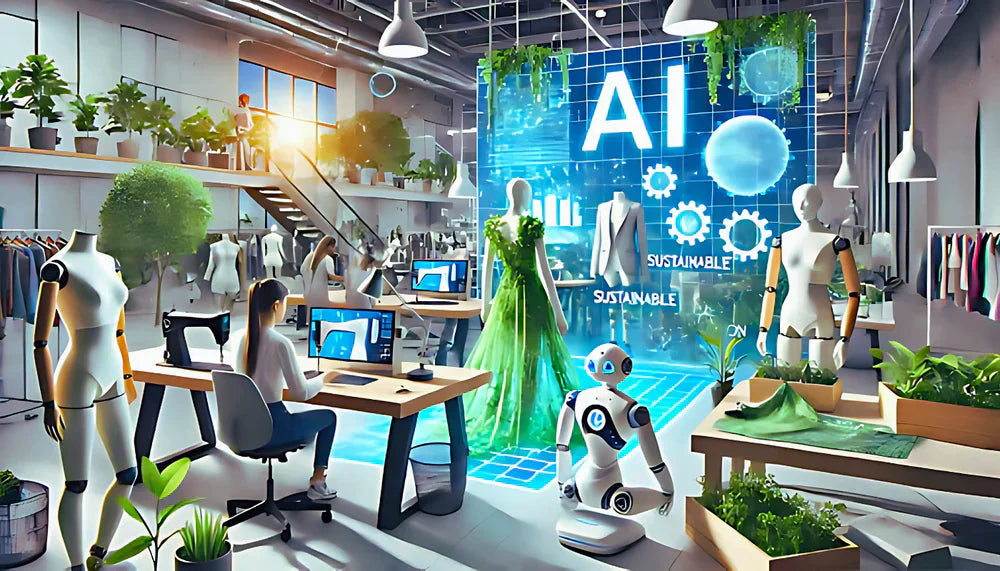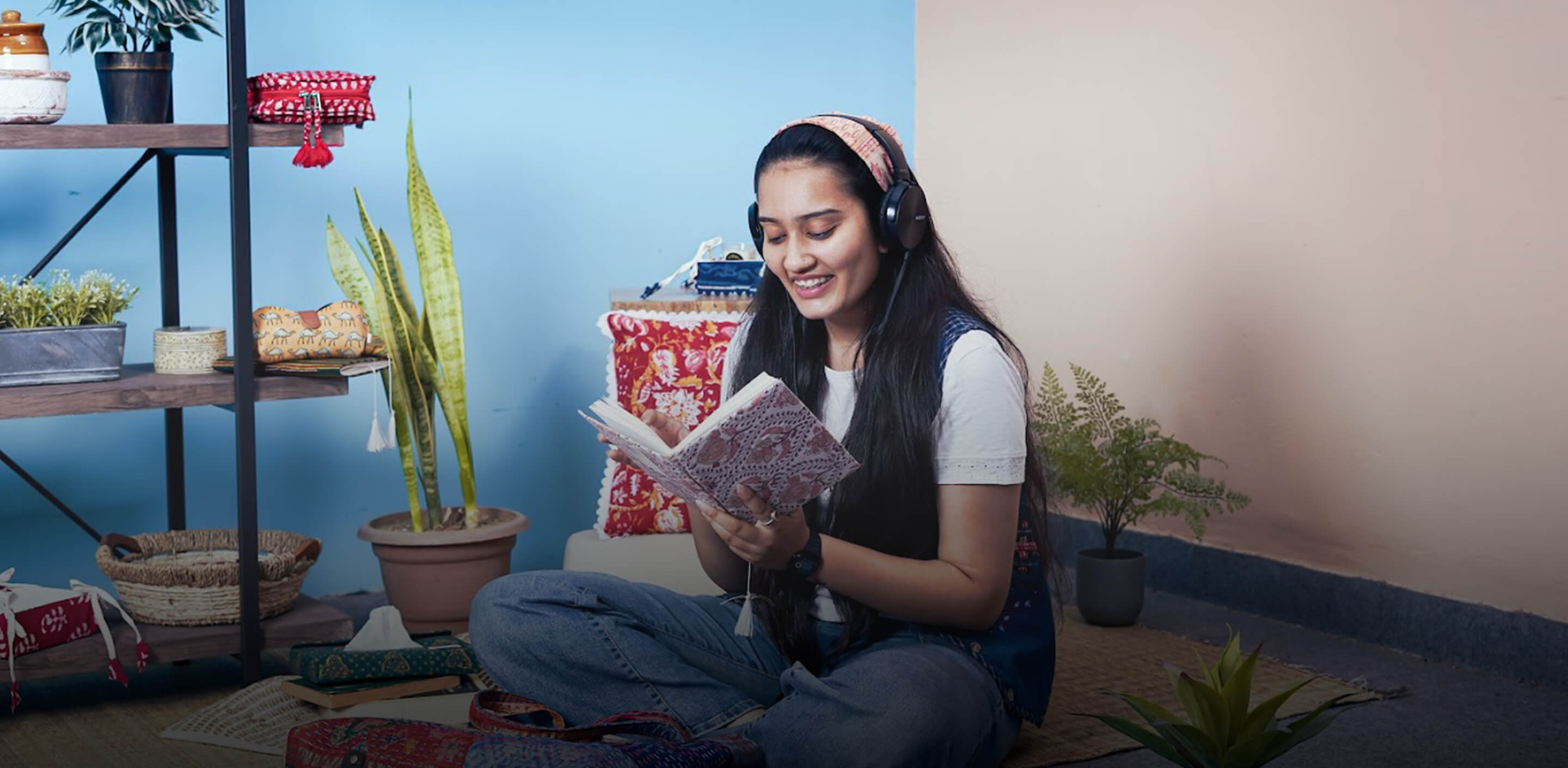With the rapid growth of artificial intelligence (AI), there’s been a surge in the use of CapCut's AI image generator. These tools can create beautiful, high-quality images based on text prompts or reference images. While this technology is amazing, it also raises a major question: can AI-generated art be considered truly original? Is AI capable of creating art that stands apart from what already exists? In this blog post, we will explore the ethics behind AI-generated art and whether it can be called "original."
What is AI-Generated Art?
AI-generated art refers to the process which artificial intelligence is used to create visual artwork. These tools are powered by deep learning algorithms that can analyze vast amounts of data and use that information to create something new. In simple terms, an AI image generator takes a text prompt (like "a futuristic city with neon lights") and turns it into an image. These tools are not limited to creating just abstract art but can also produce realistic images or even blend styles from different artists.
While this might sound like magic, the reality is that the AI is not truly “creating” art in the traditional sense. Instead, it’s using patterns from existing works to produce something new based on those patterns. This leads us to a big question: is it original? Or is the AI simply remixing old ideas into something that feels fresh?
The Ethics of AI-Generated Art
Ownership and Creatorship
One of the major ethical concerns around AI image generators is the question of who owns the artwork. If an artist provides the text prompt for the AI, should they be considered the creator of the piece? Or is it the AI developer who programmed the tool? The question of who has rights to the artwork is complicated and often unclear.
When we think of traditional art, the artist owns the rights to their work. But with AI-generated art, things get murky. For example, if an artist uses an AI tool to help them design a logo or create a painting, does the AI company retain ownership of the design? Or is the artist who provided the input the true creator? Right now, there is no clear answer, and this poses legal challenges, especially in the context of digital art markets.
Originality in AI-Generated Art
Another important ethical issue is whether AI-generated art can be considered truly original. Many AI art tools rely on vast collections of existing artworks to learn and produce new images. These tools may take inspiration from thousands of paintings, photographs, and other visual media to generate something new. But if the AI is borrowing ideas from existing works, can the result really be called original?
For example, if an AI image generator creates an image based on a prompt like “a sunset over the ocean,” the result might look beautiful, but it’s possible that the image is just a combination of features from other existing art. It’s not truly creating something from scratch; instead, it’s remixing pre-existing ideas. This raises the question of whether AI-generated art is simply a new form of plagiarism or if it can still be considered original in its own right.
Impact on Human Artists
AI-generated art also brings up concerns about the future of human artists. As AI tools become more powerful and accessible, there is a fear that they could replace traditional artists, especially in areas like graphic design, illustration, or even conceptual art. For example, companies could use AI image generators to produce logos or advertising images without needing to hire a human designer.
This shift could lead to job loss for artists and a decrease in demand for traditional art. While AI is a tool that can assist artists, it’s important to consider the negative impact it might have on people who rely on their artistic skills for a living.
The Role of AI in Creativity
On the other hand, AI can also be seen as a tool that helps enhance human creativity. Just like how graphic design software like Photoshop assists designers, AI image generators can help artists push boundaries and experiment with new styles. These tools can help generate ideas faster and bring artistic visions to life more quickly.
But the question still remains: when AI is creating, who gets credit for the final result? Is it the person who guided the AI, or is it the AI itself? Some argue that AI should simply be viewed as a tool in the same way a paintbrush or camera is, while others argue that the true creativity lies in the machine.
The Emergence of AI Avatars
What Are AI Avatars?
CapCut's AI avatar is a digital representation of people or characters created using artificial intelligence. They are commonly used in virtual spaces, online games, or social media platforms. AI avatars can look very realistic or be entirely fictional, depending on the creator’s preferences. These avatars are often used to represent a person in virtual spaces, helping them communicate and interact with others.
While AI avatars are often used in virtual worlds and gaming, their role in art is also growing. For example, artists might use AI avatars to represent characters in digital art projects or animations. This leads to another ethical dilemma: what happens when the avatar represents someone’s identity, and that identity is entirely created by AI?
Ethical Issues with AI Avatars
The use of AI avatars brings up various ethical concerns, particularly around identity and representation. If a person’s digital avatar is created using AI, does it still represent that person, or is it a completely new identity? And what about privacy? Can AI avatars be used to manipulate or deceive people online? These concerns are important to consider, especially as AI avatars become more common in social media and digital interactions.
How to Use CapCut’s AI Image Generator
Now that we’ve discussed the ethics of AI-generated art, let's take a look at how to create your own AI-generated image using CapCut’s AI image generator. CapCut is a popular tool for video editing, but it also offers powerful features for creating AI-generated art. Here’s how you can use CapCut’s AI image generator:
Step 1: Describe Your Vision
Launch CapCut and enter the editing interface. From the left panel, go to “AI media” > “AI image”. In the prompt box, type a detailed description of the image you want to generate. You can also click the “Reference” option to upload a sample image that will guide the AI in generating a similar image.
Step 2: Select a Model and Aspect Ratio
After entering your prompt or adding a reference image, you need to select an AI model. CapCut offers several models such as General V3, General V2, and Image F1.0 Pro, each designed to create different levels of realism and detail. You’ll also need to choose the aspect ratio for your image, depending on where you plan to use it. For example, you might use a 9:16 ratio for Instagram stories or a 16:9 ratio for YouTube.
Step 3: Generate and Refine
Once you’re happy with your prompt and settings, click the “Generate” button. CapCut’s AI will process the description or reference image and generate an artwork in just a few seconds. Afterward, you can refine the image using CapCut’s built-in tools for color correction, AI upscaling, background replacement, and more.
Conclusion
AI-generated art and AI avatars are changing the way we think about creativity and originality. While there are many ethical questions surrounding these technologies, they offer exciting new possibilities for artists, designers, and creators alike. Whether AI can truly create "original" art is still up for debate, but one thing is clear: AI is an incredible tool that is transforming the art world. As we continue to explore the potential of AI, we must also be mindful of the ethical implications and strive to find a balance between innovation and respect for the creators of the past.




